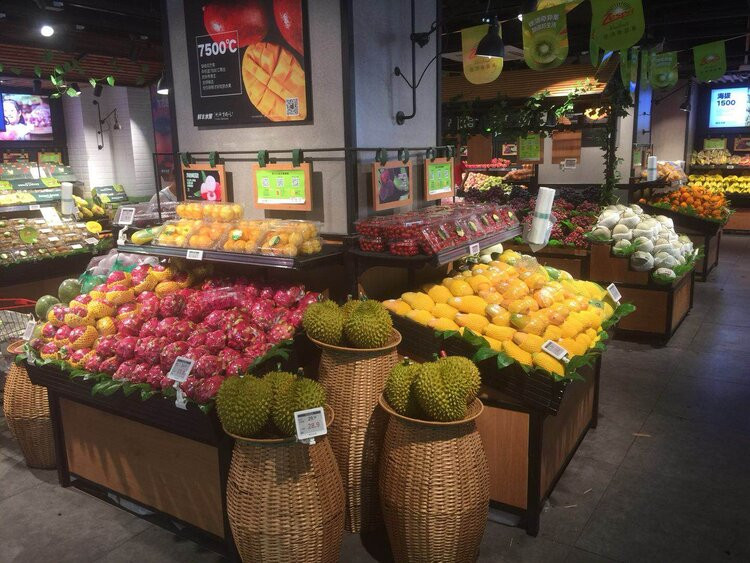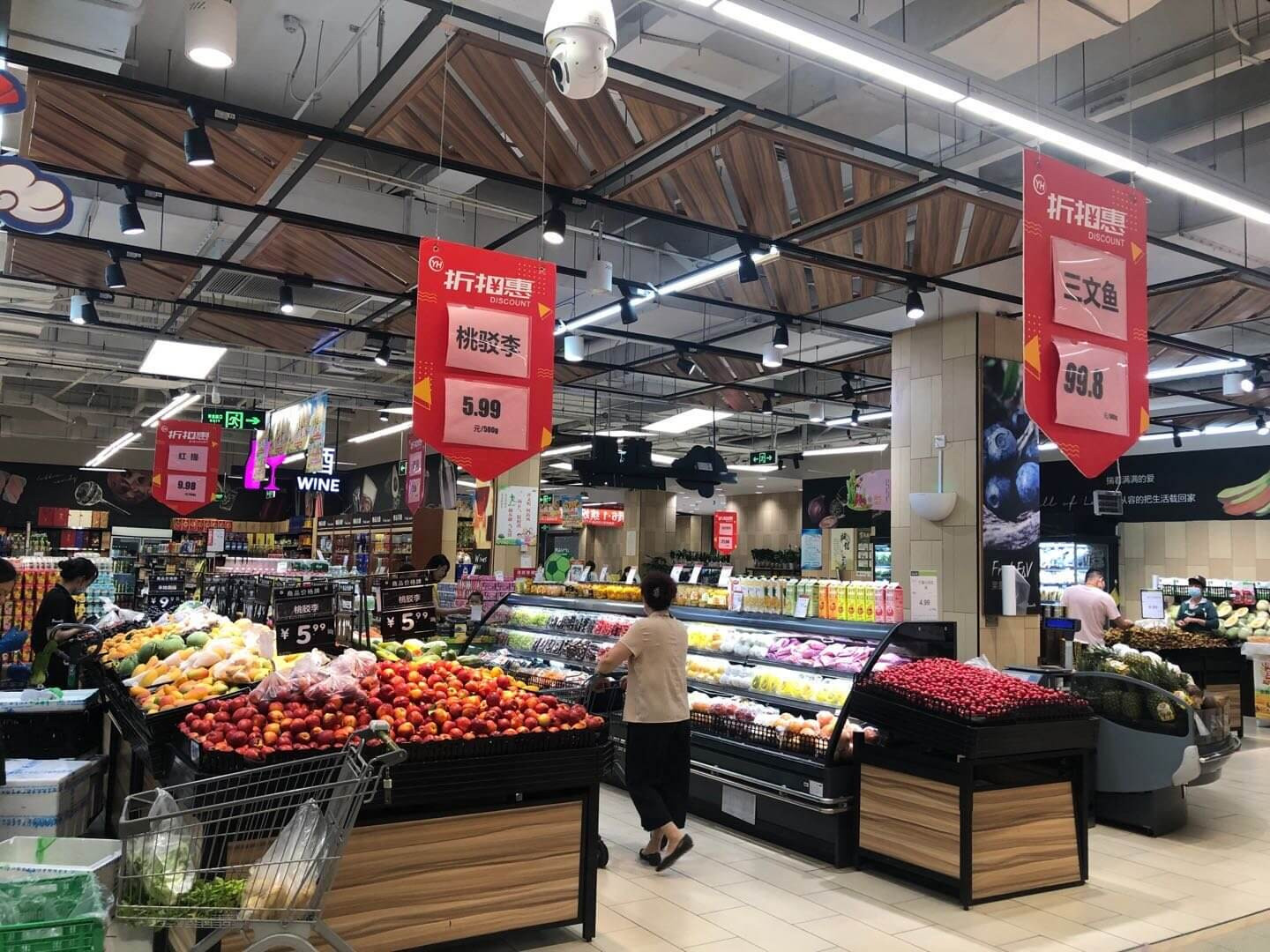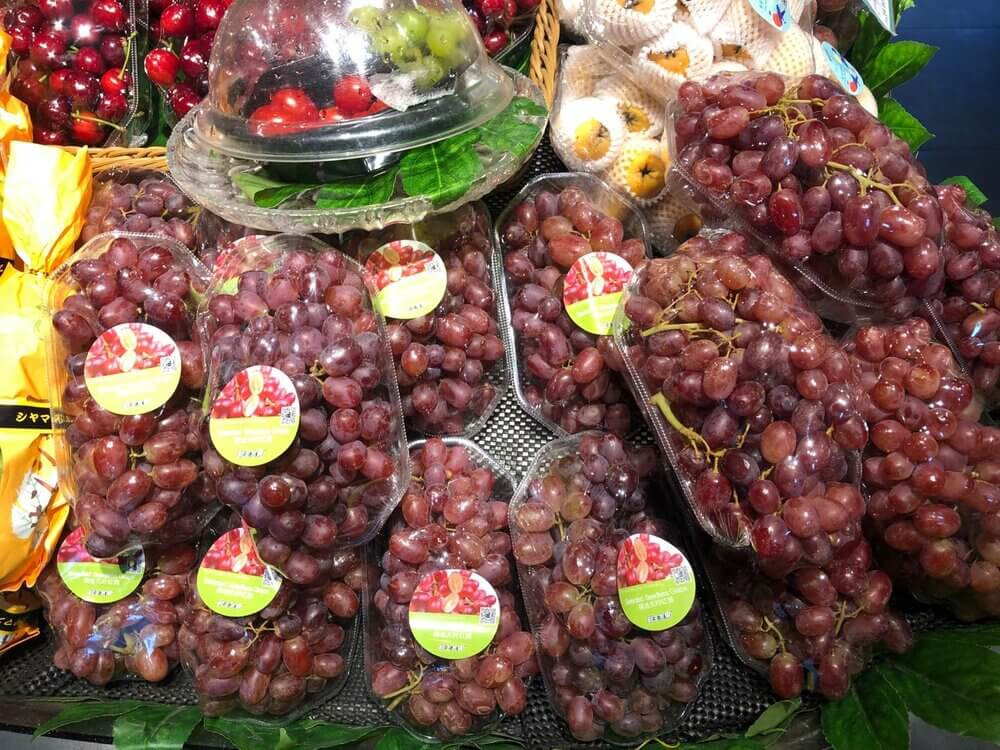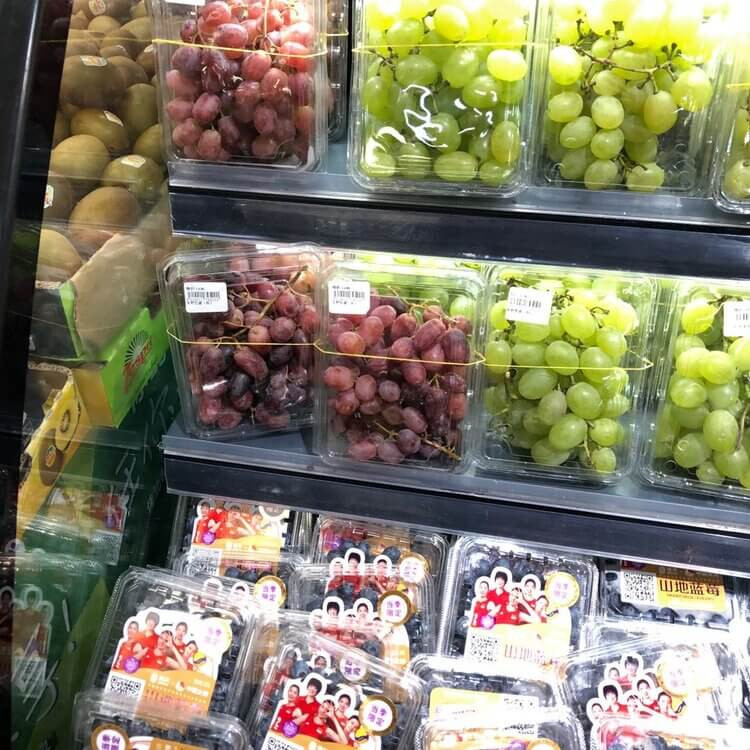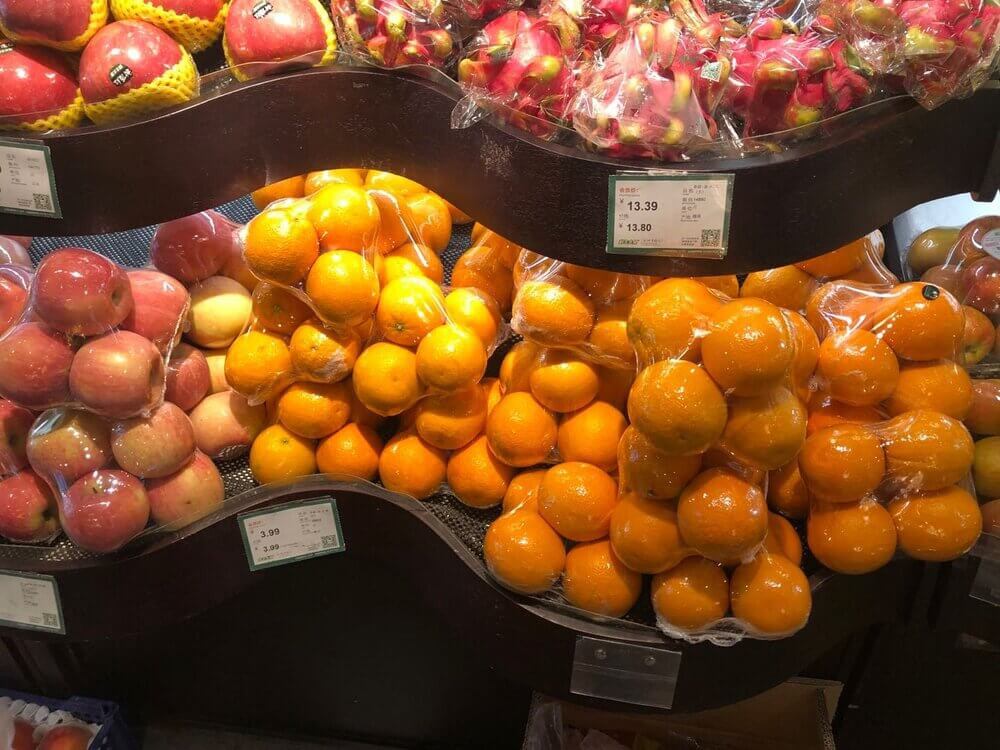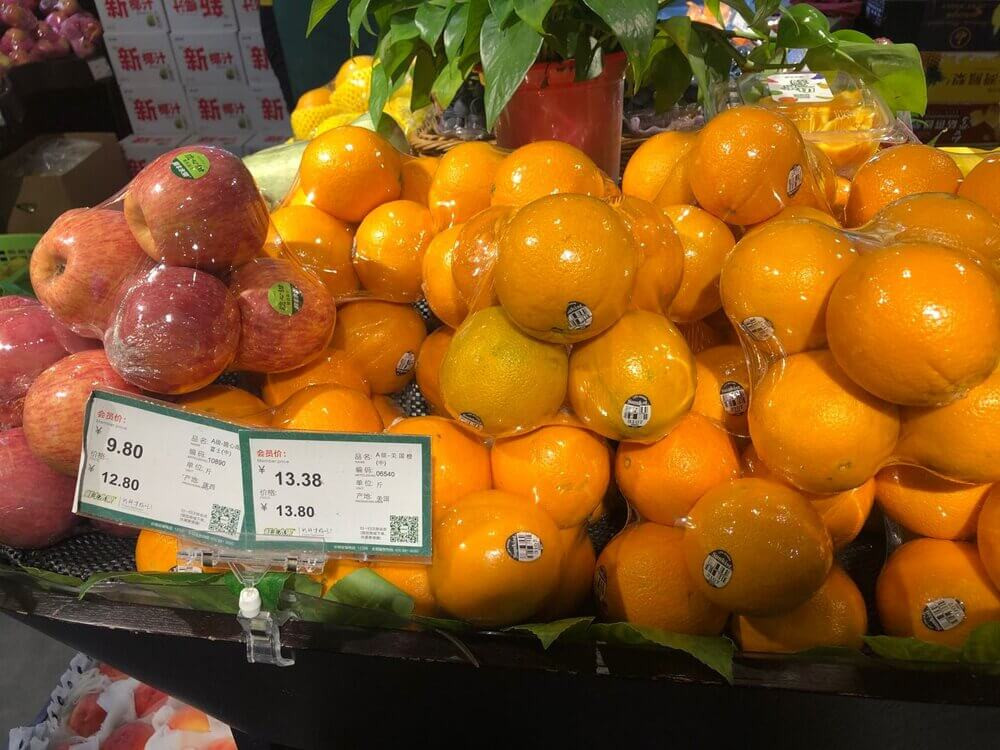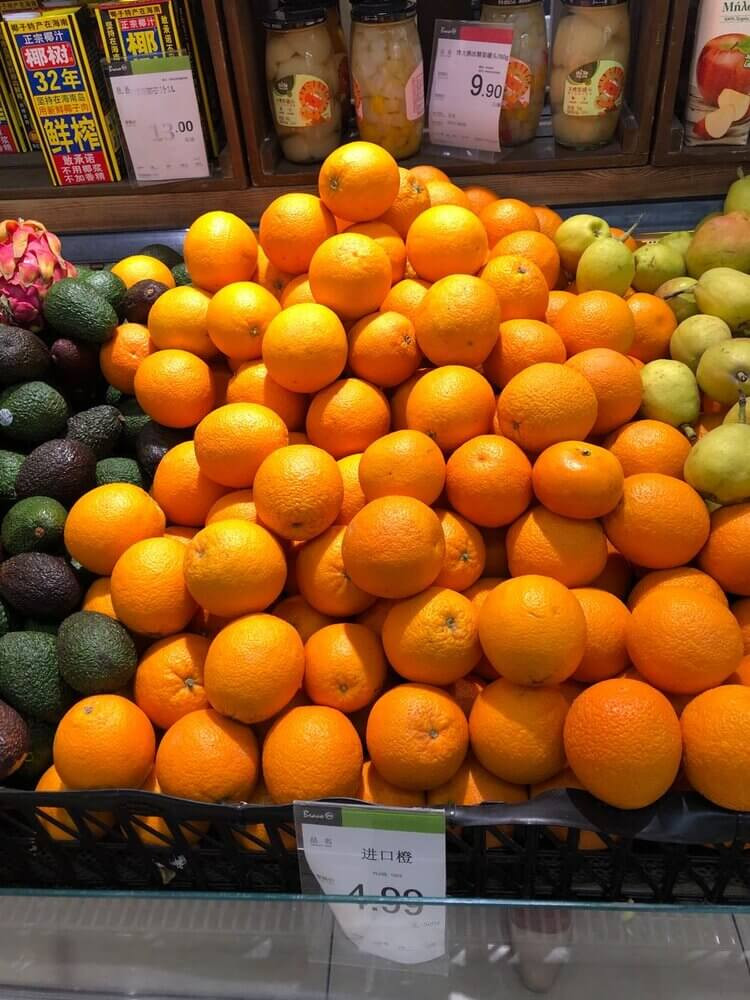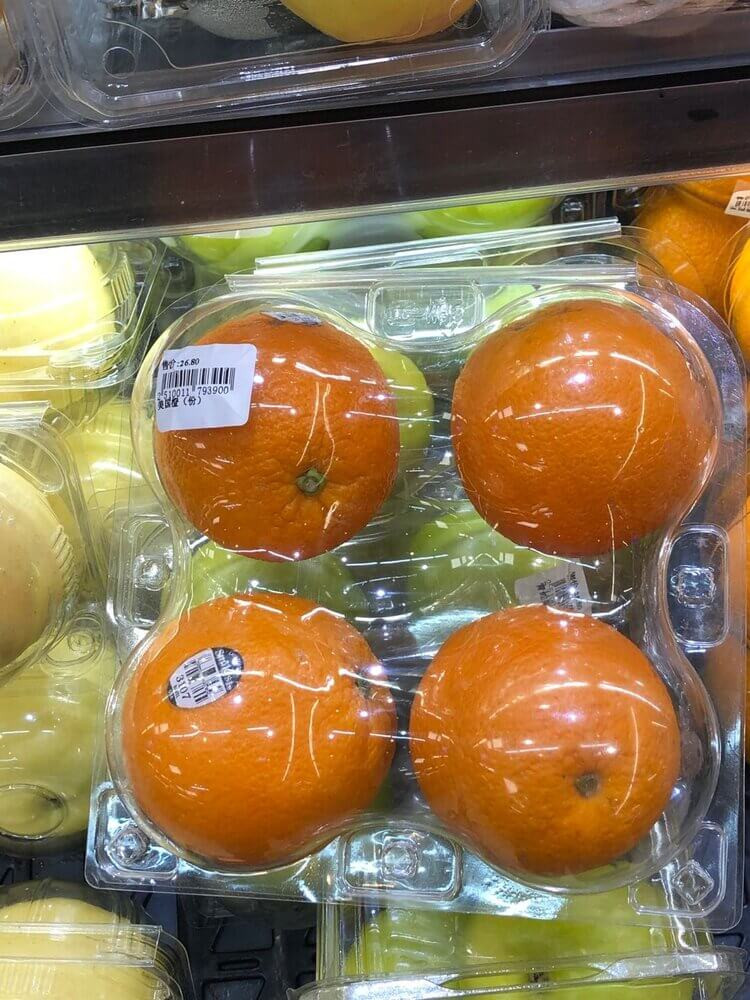COVID China Fruit Market Update
23 June 2020
The outbreak of Covid-19 in China and the world has significantly impacted the imported fruit industry in China. In the early stages of the pandemic, the Chinese Government ensured fresh produce supply to the markets. However, since the start of the pandemic people have reduced consumption of fruit, especially imported fruit, for the following reasons:
Consumers have reduced shopping frequency and buy more necessities that can last longer and they have less focus on fruit.
The Chinese economy, as with other countries, has been severely affected by the virus with many businesses closing especially restaurants, hotels, retail and tourist businesses. It may take some time for these businesses to recover.
When Chinese people perceive they are in a risky situation they slow spending and save money.
China has had medium to long term inflation of staples including rice, oil, meat and vegetable while people are generally receiving less income currently as many businesses have shrunk.
Import procedures such as clearance and transport of fruit takes longer sometimes harming the quality of fruit.
Imported fruit prices have dropped significantly this season compared to past years. After the virus situation improved in China other countries had virus outbreaks and those markets deteriorated leading to more fruit being sent to China, so there is an oversupply of fruit this season.
Overall, the decrease in consumers’ consumption ability, inconsistent fruit quality caused by oversupply and domestic fruit availability in the market have worked together to make the imported fruit market poor this year. Also, domestic fruit quality keeps improving and it is significantly cheaper than imported fruit.
Consumers’ decreasing demand for fruit during this period has caused sales decreases in all channels including wholesale, retail and e-commerce. Wholesale markets from Tier 1 to Tier 3 cities all are not performing well, with lower turnover generally. According to an importer in Huizhan Market, Shanghai the market now closes for business at around 8:30am, when it previously finished at 12:30pm. There are few buyers after 8:30am at the moment.
Fruit Retail and E Commerce Situation
Retail (supermarkets and fruit shops) also are not booming as people stay in their homes for longer periods. Though China has full control of the virus, the supermarkets have not fully recovered to normal sales levels. E-commerce shopping has played an important role in this period, though this is more limited to consumers of younger age and more in urban areas. However, a drive by consumers for lower prices has seen many unsophisticated local suburban fruit and vegetable stalls and shops boosting sales by offering value in-season produce.
Some fruit e-commerce companies had already experienced a bottleneck in their development even before the virus outbreak. Logistics and other processing costs had made it difficult for fruit only E Commerce sites to make money. Alibaba have pulled back their investment in E Commerce retailer, Yiguo. According to some e-commerce fruit suppliers the hot e-commerce imported fruit items are small sized apples and oranges.
Some O2O (online to offline) players such as RT Mart are doing quite well in this period through their online APP by offering one hour delivery after consumers place an order.
Import and Wholesale Conditions
According to an importer in Guangzhou they lost money on every item this year. This not an isolated case. Importers are having a difficult time and large importers may lose millions of RMB per month. One top three importer said if they were a purely fruit importer they could not have survived and fortunately they operate a full supply chain from owning fruit varieties/brands, planting and growing through to warehousing and distribution. They have been conservative from the early season which saved them from more losses.
As some importers have investment from state-owned companies, these state-owned companies cannot afford big losses and are in the process of downsizing their investment which puts a lot of pressure on these importers. In this fruit market importers have significant pressure and some people say they cannot envisage how the situation will be at end of this year. Despite this an importer in North East China believed most importers would survive and that sales would return to more normal levels in the longer term.
Whilst importers generally recognize the quality of Australian fruit, importers currently are very cautious about bringing in Australian fruit, taking a ‘wait and see’ attitude. If importers cannot make money, they may take the risk of not paying exporters as agreed.
Grapes
Australian grapes started to supply China market from late February. Some importers said the grape quality is generally OK overall, yet the market is very bad. In March the price was higher with average crimson wholesale price around RMB300 per box. The price dropped to around RMB200 for average quality fruit in April and further dropped to RMB100-150 in May (Exchange rate 9 June 2020 – AUD $1 = RMB 4.95).
Talked to a Shanghai importer and they said the average quality grapes cost them around RMB260-270 per box this season. Large importers may lose millions of RMB this season.
Currently, the retail price of crimson is about RMB15-20 per half kg at a normal small fruit shop. At specialist fruit stores, the price was around RMB30 per half kg in the early season and now is around RMB20 per half Kg.
The current situation sees Chilean grapes wholesaling at RMB 80-100 for 8.2 Kg. Some of the fruit is softish but overall the Chilean crimson has improved in quality. One importer, who says their Chilean fruit is on free consignment, says they are trying to help the growers by taking no commission.
Citrus
Egyptian oranges and American oranges had poor performance this season. Egyptian orange costs importers around RMB120 but has sold at the highest price of RMB80 and now lowest of RMB20-30 per box. Egyptian oranges are mostly used for juicing in foodservice. Due to the virus, foodservice businesses collapsed for a while and trade is still far behind normal levels. Some importers have to cold store thousands of Egyptian orange cartons and pay high costs for cold storage and get a very low price for the product. One importer said it can take them 1.5 months to sell a container of Egyptian oranges.
According to importers American citrus has been selling below importers’ costs with US Navel costs generally at about RMB240 per box but selling at an average RMB140-150 per box. Late lane costs have been RMB300 per box and most of the time have been sold at around RMB200. Only in the last few days the price of quality Late Lane has been up to RMB350 per box as there is very little supply of in the market. Early South African Nova mandarins have been selling at quite good prices of RMB150-180 but on low volumes.
One importer in NE China suggested that there was still a reasonable market for very good quality citrus but that average quality would be significantly discounted.
First Australian Royal Honey Murcott and Nova Mandarins arrivals in mid June 2020 have achieved good prices if fruit was high quality. But volumes so far have been low. As at late June Chinese buyers were still cautious because of perceived high cost of Australian citrus and market risk given the continued depressed state of the overall market.
American Cherries
American cherry season has just started. As the supply is very limited the early air shipment is still profitable. But due to the uncertainty of the cargo shipment, US China trade issues and the US’ chaos at the moment still hard to predict whether this is will be a good season or not. One importer suggested, that because of lack of airfreight space, only 10 pallets of USA cherries per day are currently being opened per day in Jiangnan Market, Guangzhou. It is believed that no charter flights have operated yet this season.
One importer said that current import air freight charges were USD$1.30 per KG and current import tariff is 25%. Adding cost of cherries, freight and tax would give total costs of around RMB 550-600 (Aud $110-120), with cherries selling at a small profit on low volumes. Another factor hindering increased sales was the presence of cheap local cherries in the market, which will persist through to mid July.
Apples
Importers say that imported apples are particularly badly affected by the market conditions with many containers in storage and Chinese Fuji selling for as little for RMB2/Kg retail.
Retail Pictures
AUSTRALIAN CRIMSON IN PACKS (RMB 19.8/500GR ) AND PUNNETS (RMB 14.8) FRUIT STORES NANJING, JUNE 2020
EGYPT ORANGES (TOP AND BOTTOM LEFT) AND USA ORANGES (TOP AND BOTTOM RIGHT) NANJING STORES, JUNE 2020. EGYPT ORANGES RMB3.98/500GR (TOP) AND RMB 4.98/500GR (BOTTOM). PACK OF 4 USA ORANGES RMB26.8.
